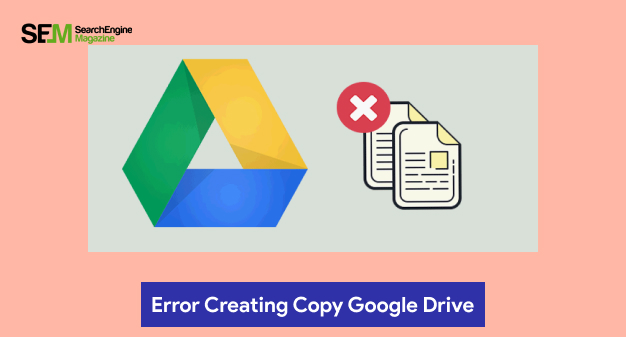How To Know If Someone Blocked You On iMessage? 5 Secret Hacks!
Apr 16, 2025

Apr 16, 2025

Apr 16, 2025

Apr 15, 2025

Apr 11, 2025

Apr 11, 2025

Apr 11, 2025

Apr 08, 2025

Mar 29, 2025
Sorry, but nothing matched your search "". Please try again with some different keywords.


What is not a benefit of using segments to analyze data? This question has really made people wonder and understand segmenting in data analysis.
If you are looking for the right answer, you stumbled upon the right article. Therefore, in this article, we will be looking at the reasons and the benefits of data segmentation and analysis.
Data segmentation is a really helpful means of studying data. As a result, more and more companies are using this means of data analysis. As a result, here is a small rundown of all the good things that come out of data segmentation.
However, do not worry as we will be taking you on a more educative journey to learn more about the points that we just discussed.
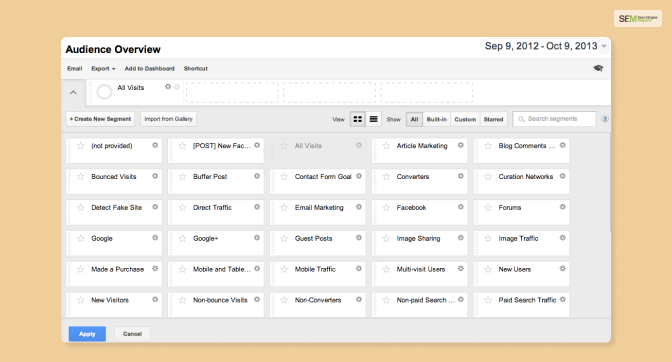
Before you know the answer to the given questions, it is significant to know about segments. Hence, this should help you understand the topic more effectively and with more ease and efficiency.
It is, according to Google, a subtraction of your Analytics data. For example, a subset of your audience might be from a specific country or a city. As a result, some of them might also purchase a particular set of products.
Segments allow you to isolate and separately analyze those data so that you can explore and respond to them accordingly. Therefore, this will enable you to respond to component trends in business.
For example, when customers from a specific location no longer purchase your products, you can analyze if other businesses offer the same product solution in that region.
However, based on this segmented data collected, you can look for solutions like offering discounts or different offers.
Read More: What Data Table Display Compares Report Metrics To The Website Average?
A segment consists of One of the multiple non-destructive filters. These filters isolate the subsets of sessions, users, and hits. So, we can say that there are three types of segments.
However, always remember that data segmentation is a developing landscape. This means the landscape might gradually change over time. Therefore, keep an open mind if the landscape is changing and newer data segmentation techniques come to the forefront.
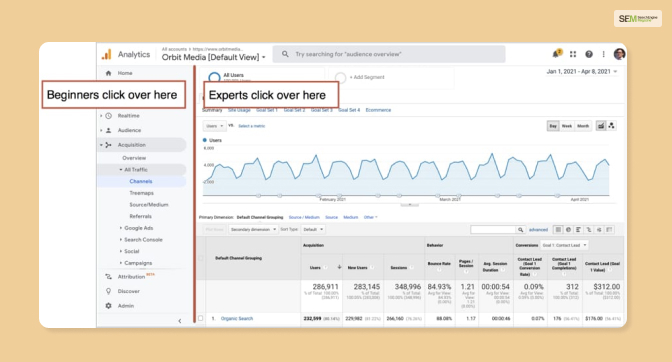
The first type of segment, the subset of users, consists of users who have bought from you or the users who have put your products in the shopping cart.
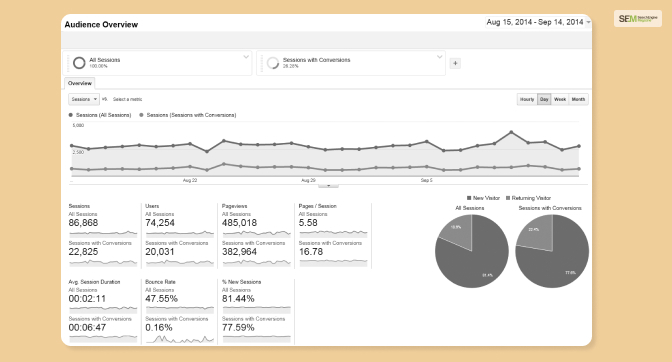
An example of the subset of users would be – all sessions, starting from when the campaign started till a purchase is made. All sessions leading to a purchase can also be counted as a subset of the session.
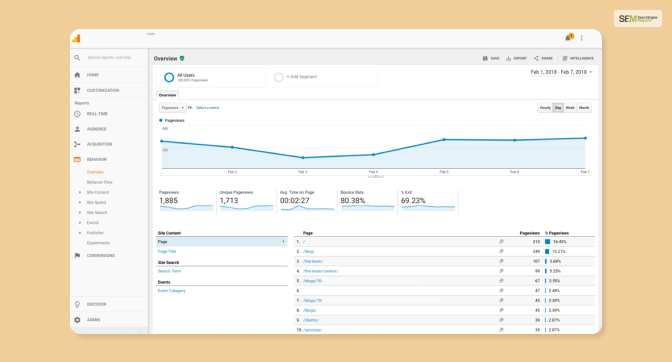
Another segment type is all the hits that generated more than $10 in revenue. This is one of the most staple and popular variations of subsets in the current data analytics landscape.
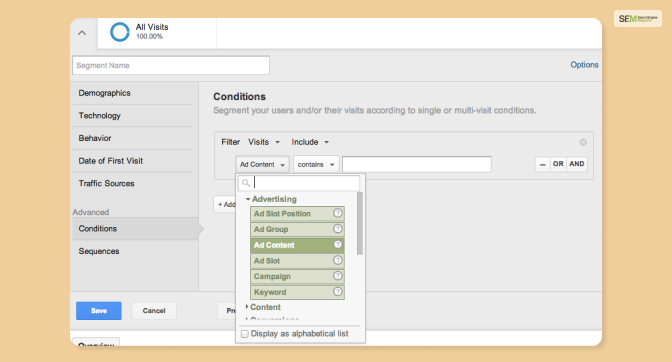
You may already understand that a Segment is crucial when using Google Analytics.
With the help of data segments, you can narrow the aggregated data from Google Analytics. Ti transforms the data into the form you want to see it in. The segmented data helps you answer specific questions regarding your customers and leads. You can utilize the segment throughout different sections. Also, the segments don’t get lost when you are changing sections.
The first option is correct for all four options mentioned in this article. The first option is not among the benefits of sign Segments for data analysis.
From reading the previous passage about segments, you should already know that – segments are single or multiple non-destructive filters (these filters never alter the underlying data). These filters isolate user subsets, hits, and sessions. So, you cannot modify data in a single view. The segments are also usable as a basis for the audience.
But all the other options mentioned are some benefits of using segments for analyzing data. For example – you can analyze users through multiple or single session conditions. One can also analyze and isolate specific conversion paths through conversion segments. But it is not possible to modify the data in view permanently.
Read More: Which Default Traffic Source Dimensions Does Google Analytics Report For Each Website Visitor?
Here are some similar questions and answers. These might come helpful.
Ans: There are many reasons for using Segments. You can collect, send, transform, and archive your first-party data related to the customers. Through segments, it is easy to collect data and hook them up with new tools offering you more time to spend with your data. It also means you spend less time trying to collect data.
Ans: Here are some benefits of using Google Analytics –
• Track online traffic.
• Analyze & understand the behaviors of users.
• Getting in-built data reports.
• Ability to customize reports based on required KPIs.
• Improving online advertisement and marketing analytics.
• Conversion tracking.
• Effective user segmentation.
• Improving SEO & content marketing.
Ans: Some common examples of the segment would be – lifestyle, age, interests, gender, etc. also, some common examples of segmenting a market can be done through its demographic, geographic, behavioral, and psychographic segments.
what is not a benefit of using segments to analyze data? The answer is the permanent modification of the data in the view. Once you go through this article, the answer should be clear.
However, if you have any further queries related to the same, you can ask us questions in the comment section. We will reach out to you as soon as we can.
If you liked this piece of content, then do let us know, and please leave us feedback so that we can serve you better. Thank you, and have a great day ahead.
Read Also:
Shahnawaz is a passionate and professional Content writer. He loves to read, write, draw and share his knowledge in different niches like Technology, Cryptocurrency, Travel, Social Media, Social Media Marketing, and Healthcare.
View all Posts
How To Know If Someone Blocked You On iMessag...
Apr 16, 2025
7 Website Design Mistakes That Are Hurting Yo...
Apr 16, 2025
Programmable Dynamic SEO for Location-Based P...
Apr 15, 2025
Google Boba Game: How To Play This Fun Game B...
Apr 11, 2025
Which Is The Best Video Search Engine Of 2025...
Apr 11, 2025
